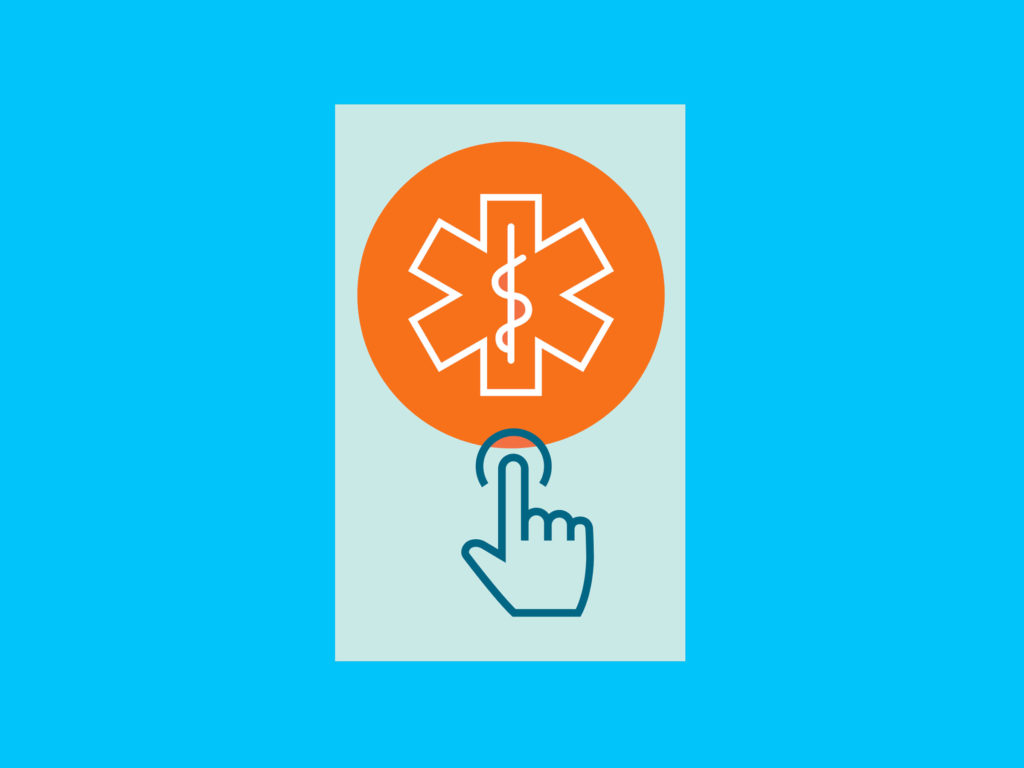
In the News
Telemedicine Could Be Great, if People Stopped Using It Like Uber
-
Focus Areas
Data, Technology & Innovation -
Issues
Technology & Telehealth -
Expertise
Technical Assistance -
Programs
Center for Connected Health Policy

These days, more people are working from home, shopping from home, and yes, even seeing the doctor from home. Last year more than a million people traded the waiting room for the comfort of their own couch—which sure beats thumbing through a sad collection of creased magazines.
Today, telehealth is touted as one of the chief ways to deal with rural residents left behind by hospital consolidation, as well as the 20 million new patients the Affordable Care Act brought into the health care system. Its value hinges on the premise that patients will use telehealth options instead of going to the doctor or the urgent care clinic. But a new study released today shows that people are using phone-a-physician services in addition to in-person visits, not as a substitute. And the result of the Uber-ization of health care is an increase in overall costs.
In April 2012, CalPERS Blue Shield started covering telehealth visits for their 300,000 insurance enrollees. Over the next year and half, 2,943 of them came down with a respiratory infection. Two-thirds of those cough-stricken Californians went straight to the doctor. The other third picked up the phone first, using the newly covered direct-to-consumer service offered by a telehealth company called Teladoc.
This seemed like good news—using Teladoc brought down the cost of the average bronchitis episode because patients avoided unnecessary testing and imaging. But when researchers at RAND, a public policy thinktank, looked at whether those calls replaced in-person visits over those 18 months, they found that happened less than 12 percent of the time. In the long-term, spending actually went up $45 per Teladoc patient. They weren’t going to the doctor any less frequently. “If you make something easier to access, people will use it,” said Lori Uscher-Pines, one of the authors of RAND’s paper, published today in Health Affairs. “That lower threshold means that people are using this as an add-on service.”
Patients who use telehealth on top of their normal health care visits add strain to an already overburdened health care system. RAND found that patients who used Teladoc tended to be younger, healthier, tech-savvy city dwellers—not the rural and elderly populations the technology is supposed to be targeting. And because the service takes place outside of the normal health care flow, the physicians on the other end of the line don’t usually have access to each patient’s health records, and the visit may not make it into the patient’s history. Health care experts call this “fragmentation.”
“Telehealth has to be integrated fully into a total care system,” says Mario Gutierrez, executive director of the Center for Connected Health Policy. “It can’t just be a one-off. That’s not health care.” He’d like to see telehealth move away from the convenience economy model where you only dial up when you’re feeling down and out. Instead, he sees a huge opportunity to use it to manage chronic disease and engage people in preventive care. That means embracing telehealth as an essential service, not an add-on.
Originally published by Wired
More Updates
Work With Us
You change the world. We do the rest. Explore fiscal sponsorship at PHI.
Support Us
Together, we can accelerate our response to public health’s most critical issues.
Find Employment
Begin your career at the Public Health Institute.



